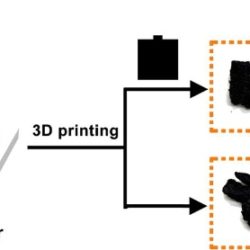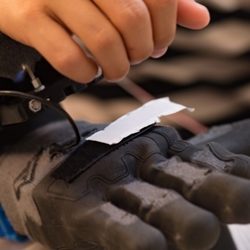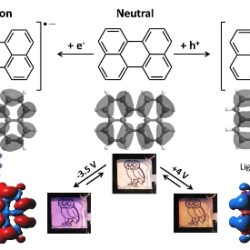Any IoT device may become vulnerable to thieves
Rice University engineers have one-upped their own technique to increase security for the “internet of things.” In truth, their upping is far greater than one. Kaiyuan Yang, an assistant professor of electrical and computer engineering at Rice’s Brown School of Engineering, and graduate student Yan He have introduced a technique to make security more than Read more about Any IoT device may become vulnerable to thieves[…]



